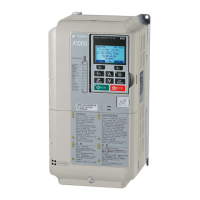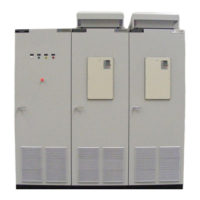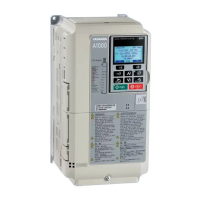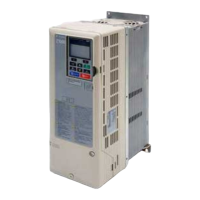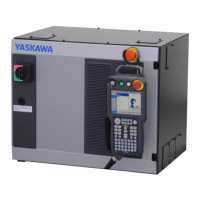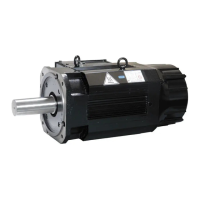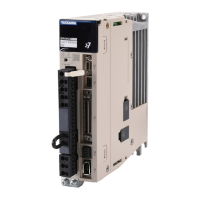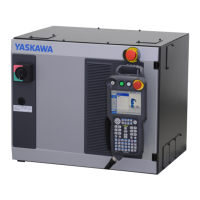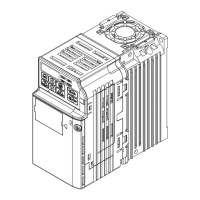5.4 d: Reference Settings
190 YASKAWA ELECTRIC SIEP C710616 27C YASKAWA AC Drive A1000 Technical Manual
■ Speed Limitation and Speed Limit Bias
The speed limit setting is read from the input selected in parameter d5-03. A bias can be added to this speed limit using
parameter d5-05 while parameter b5-08 determines how the speed limit bias is applied. Table 5.20 explains the relation
between these settings.
Table 5.20 Speed Limit, Speed Bias and Speed Limit Priority Selection
■ Indicating Operation at the Speed Limit
A digital output can be programmed to close when the drives is operating at or beyond the speed limit (H2- = 32).
Use this output to notify a PLC or some other control device of abnormal operating conditions.
■
Switching Between Torque and Speed Control
A digital output can be used to switch Torque Control and Speed Control (H1- = 71). When switching from Speed
Control to Torque Control, the torque limit becomes the torque reference and the speed reference becomes the speed
limit. This change is reversed when switching back to Speed Control.
If required by the application, a delay time can be set up using parameter d5-06. The reference values (torque reference/
speed limit in Torque Control or speed reference/torque limit in Speed Control) are held during this switch delay time. Be
sure to change the reference values from the controller within this delay time.
Note: 1. The switching delay time d5-06 is not applied when the Stop command is entered. Here the operation switches immediately to speed
control and the drive decelerates to stop at the torque limit.
<1> The value of delta n in the drawings depends on the ASR setting in parameters C5-.
Operating Conditions
Run Command Forward Forward Forward Forward
Torque Reference
Direction
Positive (Forward) Negative (Reverse) Negative (Reverse) Positive (Forward)
Speed Limit
Direction
Positive (Forward) Negative (Reverse) Positive (Forward) Negative (Reverse)
Normal Operation
Direction
Forward Reverse Forward Reverse
Generated Torque
(d5-08 = 0)
<1>
Generated Torque
(d5-08 = 1)
<1>
Application Example
Winder
Unwinder
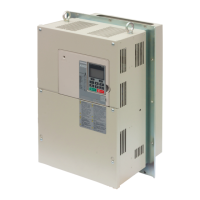
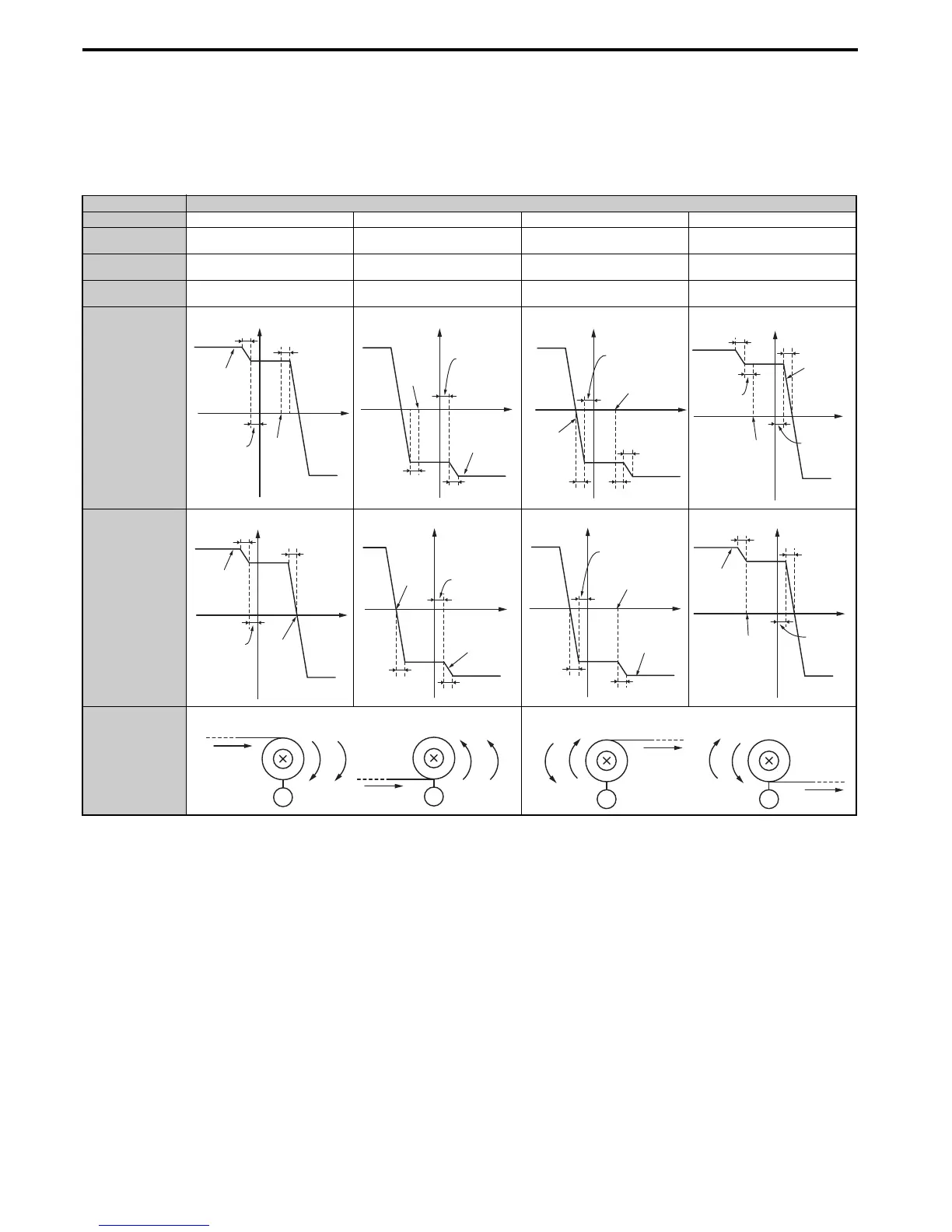